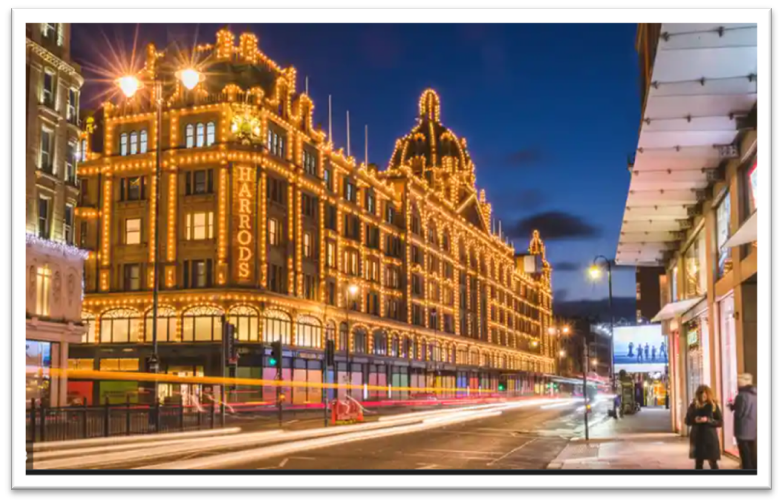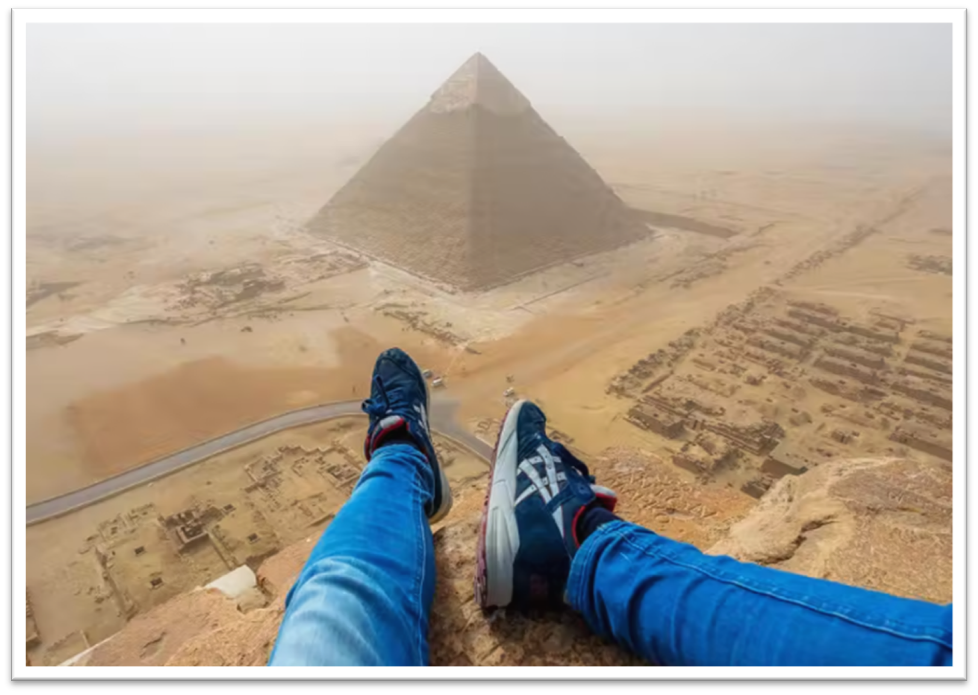The tsunami sirens wailed across Waikiki, slicing through the usual tropical stillness. We were warned: one hour until impact. A massive wave, triggered by the sixth-largest earthquake ever recorded, was racing across the Pacific toward the Hawaiian Islands.
It was eerily quiet. The usual soundtrack of the beach strip — splashy beach music, kids shrieking with joy, the occasional ukulele — had been silenced. No one was swimming. No one was sunbathing. The only sound was the sharp, repetitive voice of the Honolulu Police, loudspeakers crackling warnings: stay off the beach.
Even the birds had vanished. Not just the usual city birds, but the eccentric flock of roosters that roam Oʻahu like they own it — gone. Across the road at the Honolulu Zoo, the birds left behind were screeching in protest, their calls sounding more like alarms than songs.
Up on the highway, a steady stream of brake lights blinked through the evening as cars inched toward higher ground. The roads were packed. Our beach — Waikiki — was now all over international news. The surreal part was: we were standing in the middle of it.
I thought about Thailand. I thought about Japan. Places that understood what it meant when the ocean suddenly went quiet.
We had just joined the queue at Starbucks when the first emergency text hit everyone’s phones simultaneously — a jarring, robotic alert: TSUNAMI WARNING. ESTIMATED ARRIVAL: 3.5 HOURS.
In that split second, I wasn’t sure what to expect. My first instinct — conditioned by recent headlines — was that it might be an active shooter warning. Relieved to find it was “just” a tsunami, I looked around to see everyone reading the same message. We were all suddenly in sync.
The barista casually advised us to head to higher ground. So did a local behind us in line. We took the hint.
We headed back to our hotel on foot — a slow walk down the strip, keeping an eye out for bottled water “just in case.” But most shops had already shuttered, including the ever-present ABC Stores. Tourists were frozen mid-stroll, their eyes glued to their phones. Earthquake. 8.8 magnitude. Pacific Rim.
People weren’t panicking, but they weren’t relaxed either. A man told a nearby group to move inland. The locals had a calm urgency to them — not dramatic, but serious. It was the kind of tone that cuts through even the most sun-drenched holiday denial.
At the hotel, the receptionist smiled brightly and said, “You’ll be fine — just stay in your room. At least above the second floor.”
Back in the room, we prepped like cautious amateurs: filled the bath halfway with water, packed a go bag, showered, charged the phones. We messaged loved ones to say we were safe — and we were, technically. But anxiety is its own kind of wave.
I worried for the locals. For the unhoused community living along the strip. For the roosters. And for the animals at the zoo just across the road. Surely someone had gone to help evacuate them?
Down in the lobby, just hours before the wave’s ETA, I noticed the furniture had been cleared. Only the heavy shell-and-glass coffee tables remained. The building’s two grand entrances opened straight onto the old beach. I imagined a fast-moving swell surging through one and out the other like a tide pool — a best-case scenario, really.
Each time the emergency alert buzzed again — echoing across phones, streets, and sirens — the tension climbed.
Tsunamis, I’ve learned, aren’t always the cinematic walls of water Hollywood would have you believe. They can arrive in surges, quiet then violent, with unpredictable strength and timing. They don’t always hit and leave; sometimes they come in pulses. All night long.
But that night, something strange happened.
A massive hurricane — spinning just south of the Hawaiian islands — disrupted the ocean’s flow. The swirling air pressure acted like a natural shield, dulling the power of the incoming wave. Nature protecting itself.
The tsunami came, but with less force than feared. No roaring wall of water. No catastrophic surge. Waikiki was spared.
But the memory lingers. That electric, quiet-before-the-storm stillness. The collective vigilance. The humbling feeling of standing in a place famous for its beaches, and wondering whether those very waves would rewrite its shape by morning.













